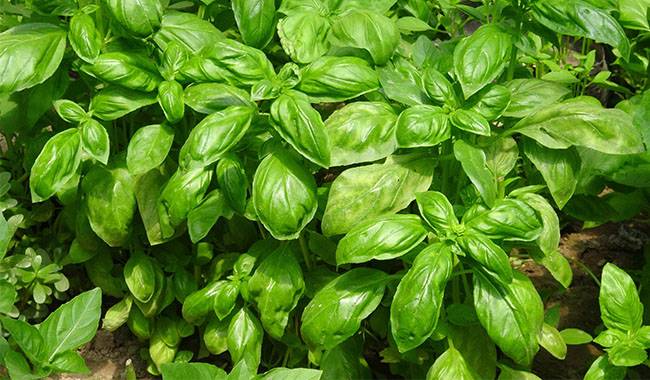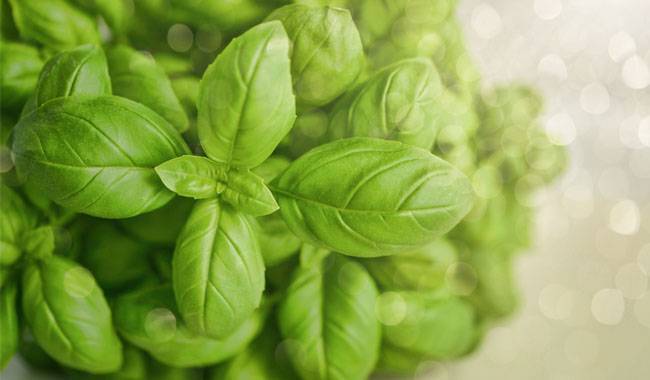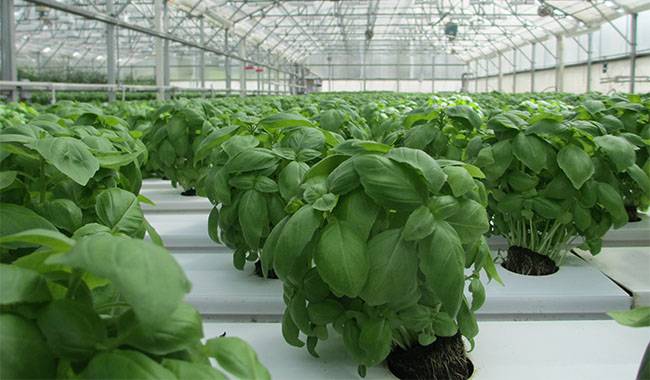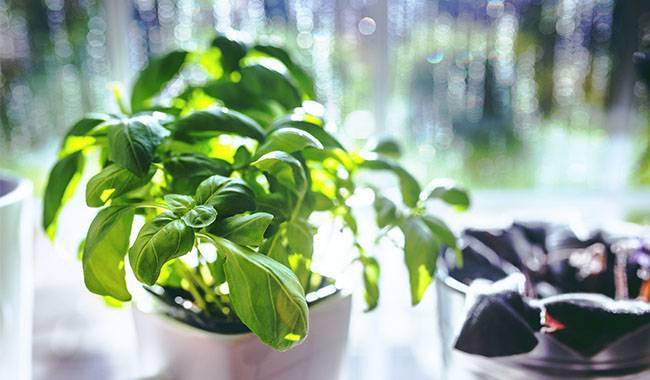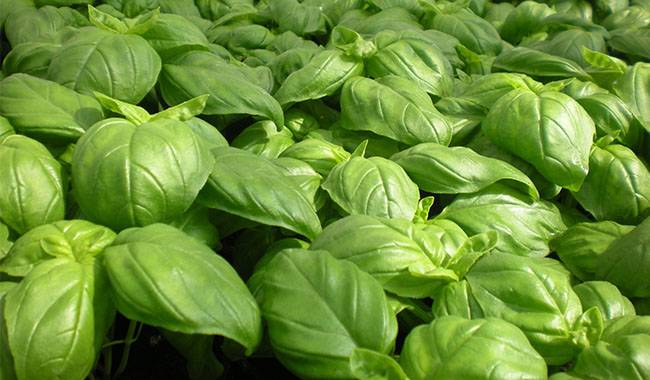
Basil is an aromatic condiment that can be used in many different dishes. Basil can be used both fresh and dried. It is important to know how to harvest basil so that it retains its aroma and beneficial properties for a long time.
Our article will tell you when to harvest basil? How to harvest basil leaves properly and store them better. to obtain a delicious and tasty aroma while keeping the bush growing and making you more satisfied.
WHEN DOES HARVESTING BEGIN
A: 25 to 30 days after the appearance of the first shoots, basil can be called adult.
Important! The spices are harvested when the young plants reach a height of 15-20cm (5.9-7.87inch), usually in the second half of July and early August.
In order to harvest 2-3 types of basil in one summer, you need to know when to harvest. Harvesting basil at the right time will preserve its pungent aroma for as long as possible.
When growing plants like basil in your garden, you need to know exactly when you need to harvest it so that you can harvest 2-3 more greens during the season.
The correct timeframe for this process will help maintain its pleasant scent over time. Usually, young trees need to be collected when they reach 15 to 20 cm (5.9-7.87inch) in length.
This is usually during the last days of July to the beginning of August. If you want to dry basil leaves, you need to start harvesting before the plants start flowering.
As soon as you see the first buds forming on the plant, then immediately cut the first crop.
After flowering, the leaves of the plant have largely lost their rich, pungent aroma.
The basil seeds to be dried are harvested from the plant very late and then, when the inflorescence has passed the flowering of the basil shrubs and dried, obtained brown. The main thing is to have time to collect the seeds before the inflorescence begins to collapse.
To dry the plant, you need to start harvesting before the flowering begins. Once the first buds appear on the bush, you can harvest your first crop. When the plant fades, the leaves lose their aromatic properties considerably.
Collect the seeds from the bushes when the inflorescences have faded, become dry, and turn brown. It is important to have time to collect before the inflorescences start to collapse into the garden.
Many people ask themselves: When do I need to collect basil? We answer: There is simply no such definite time. You can stock up at any time of the day.
The main thing is that it should be dry and sunny at this time. Due to excessive moisture accumulation in basil leaves during rainy and humid weather, it is not very likely that the harvest will mate.
When harvesting basil, you should not pull the leaves directly from the roots, but carefully cut them off so that the plant can provide you with more harvest this season, because if you pull the brush from the roots, then naturally, you can also not think about it.
The correct way to do this is not to completely cut off the entire bush, but to cut off only a portion of the leaves, leaving about four leaves on the main stem.
It is this method of partial leaf cutting that will allow you to get a bigger harvest in the future. If you cut all the leaves from the bush, you will not see the harvest for a long time.
THERE ARE SEVERAL METHODS OF HARVESTING BASIL
When harvesting basil for the first time in a season, the leaves should be trimmed together with the upper part of the buds to allow the culture to start branching out more.
The next time the leaves are cut, the tops should be retained so that the plant can flower.
After harvesting, the plants must be fed by watering them heavily, plus watering them again.
Make sure to loosen the dirt between the bushes.
It should be noted that when growing basil at home, it can be harvested all year round.
If planting in an open space, the crop of the plant is about 2-3 times in a season, before or at the beginning of the basil flowering period, because during this time the leaves of the plant have the strongest spicy aroma.
The first greens can be harvested in about 25-30 days after planting. Basically, these times are the last days of July or the first half of August.
The next basil harvest takes place in the second half of September. But the third harvest takes place just before the onset of frost. The main factors affecting the frequency of basil harvest are the soil and weather conditions in which the plant grows.
The plant prefers the care of the sun, so it will survive on it and therefore grows very poorly in the humid, cool summer months. Also, this herb has a negative attitude towards heavy or acidic soils with a lot of clay.
HOW TO COLLECT BASIL SEEDS
Let’s take a closer look at the rules for collecting basil seeds:
- The inflorescences of plants that have faded are cut off. Usually, they are already dry inflorescences with brown color.
- They should be placed in a sufficiently dry and ventilated area and must be completely dry.
- The dried inflorescences are crushed and the garbage is removed.
- Basil seeds are placed in special tissue paper bags or paper bags. This is done so that the seeds cannot get wet during storage.
- Basil seeds are stored at room temperature in a fairly dry place. After that, they will continue to survive for about 5 years.
HOW TO STORE BASIL
Cold storage
Fold the washed and dried leaves into bags and freeze them. Alternatively, you can grind the basil, fold it into freezer molds, and add water or olive oil. This option makes it easy to make sauces and salads.
Add salt
Place the washed basil leaves in a sterile jar and sprinkle them with salt. Once sealed, they can be stored in the basement or in the refrigerator until next season.
Drying
There are two main methods.
- Small bundles are formed from basil and tied with thread or elastic bands. They are hung on a pergola, balcony, or attic. The most important thing is to avoid direct sunlight and ensure constant ventilation. After 2-3 weeks, the dried leaves can be wiped and placed in jars for seasoning (stems, leaves, and flowers are stored separately from each other).
- Lay the washed and dried leaves in one layer on a towel or cotton napkin. Allow drying for a few days, making sure that direct sunlight does not fall on the pieces. At the end of the drying process, grind the seasonings and place them in an airtight jar.
It is recommended that dried basil should not be stored in a cloth bag, it gives off an odor and has no culinary value.
QUESTIONS ABOUT COLLECTING BASIL
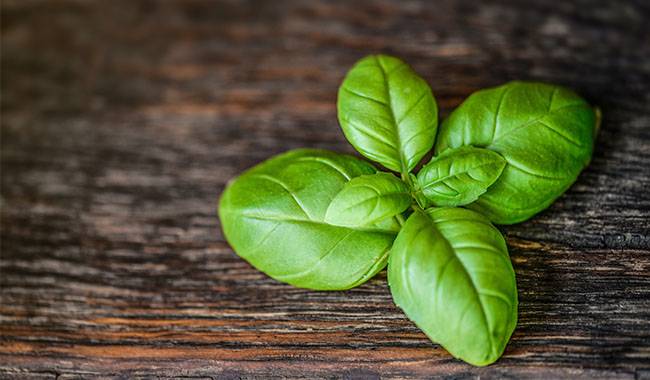
Cut, plucked, or pulled – which is better
To be able to enjoy the spicy herb more than once a season, you should not uproot the bush or you may forget to re-harvest.
Cutting the entire plant is not recommended. You should always leave 3 or 4 leaves at the bottom. In order not to harm the stems of the plant, it is best not to remove the leaves, but to cut them off with sharp scissors.
Timely removal of the peduncle will promote faster development of young, strong shoots.
How many times a year are allowed
A maximum of 3 crops can be harvested in one summer (end of June, mid-August, end of September). However, if you grow fragrant spices at home, on the windowsill, or on the balcony, you can use fresh herbs all year round.
The frequency of harvesting depends directly on the quality of the soil and weather conditions.
If summers are wet and cold, basil will not get enough nutrients from the sun. In addition, the plant cannot grow in heavy clay soil.
Will it grow back after cutting
If the production is correct, then leave a few leaves at the bottom of the bush, then the basil bush will grow back and become more luxuriant and attractive.
The plant will not be able to stretch upwards; it will send out new lateral branches. The most important thing is not to damage the growing points of the young leaves and that two new tops can be observed at the cutting site after 10 to 12 days.
How to maintain growth and lushness
Not everyone knows how to cut spicebush so that it will not die, but will grow further.
Instead of cutting off the whole stem, only a part of it should be cut off, leaving 3-4 leaves at the base. Thus, the basil will establish more abundant leaves.
Also, to increase the growth of side shoots, pinch the top of the bush. This step does not allow the plant to stretch vertically upwards, it will branch more and produce a large yield.




